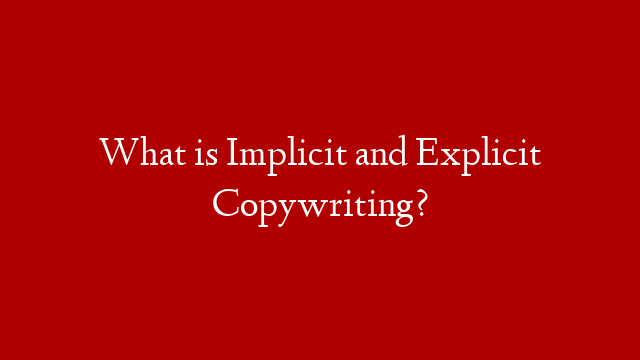The Concise Oxford Dictionary describes a “copywriter” as someone who writes the text of advertisements or publicity material.
In other words, copywriting is the art of writing persuasively. Or, to use another definition, copywriting is simply “salesmanship in print.”
But before he or she can write effectively, the copywriter needs to know three things inside out:
1. The objective of the copy (to sell, get leads, inform etc.).
2. The target market his or her client wants to reach (over 60s, women, teenagers etc.).
3. The client’s product/service.
Armed with this knowledge the copywriter then begins to craft a targeted communication.
Types of Copywriting
The definition above says that the copywriter writes the text of advertisements or publicity material.
Advertisements take many forms. For example:
o direct mail sales letters
o fundraising letters
o website text
o email marketing
o Google AdWords
o web landing pages
o display ads
While these are different forms of advertising, the basic principles of copywriting apply to each:
1. Target the core emotions of your target audience. What keeps them awake at night? What are their deepest desires and fears?
2. Provide your solution (by your product or service) that will satisfy those desires, quell those fears.
3. Focus on the prospect, not on yourself or your company. The word “you” is the most powerful word in advertising.
Examples of publicity materials are
o press releases
o brochures
These focus more on giving information about your product or service than on trying to persuade. Press releases and brochures are the “shop window” that displays your offer.

